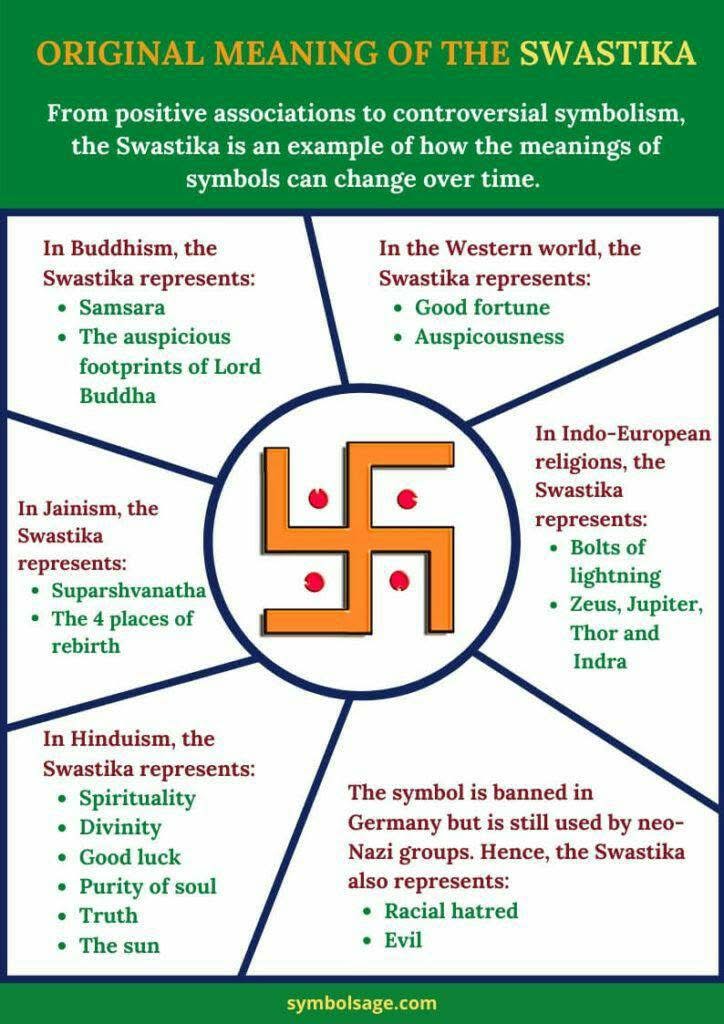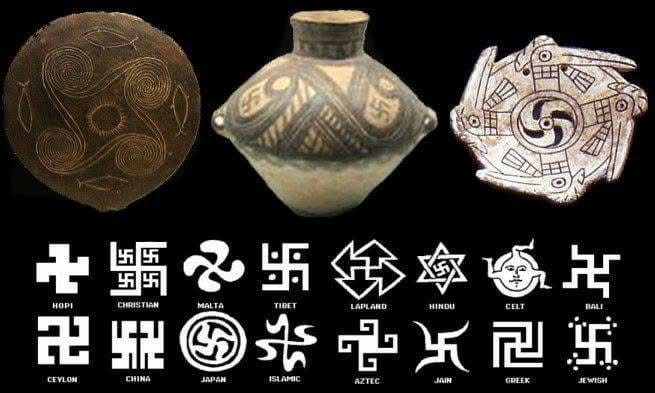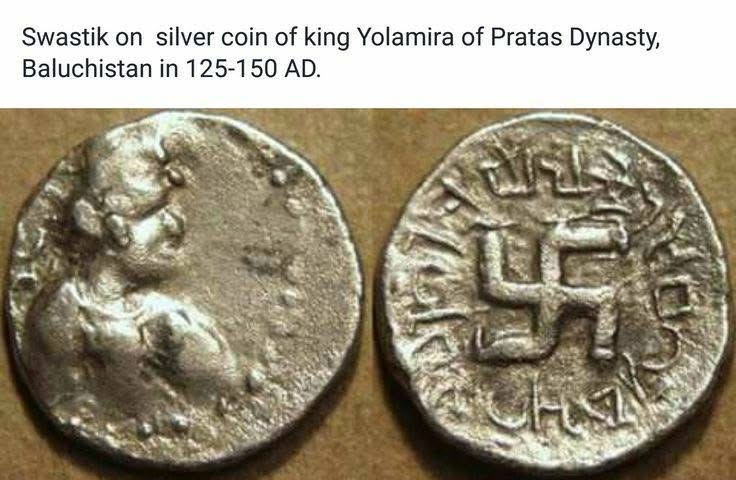The swastika, a symbol recognized globally today, possesses a history that extends back approximately 15,000 years. This emblem has been discovered on five continents, predating known interactions among ancient civilizations, and presents a compelling enigma in the study of human cultural development.
Origins and Early Depictions
Archaeological findings have unveiled swastikas etched into ancient structures’ stones, often situated near symbols like the Star of David. This proximity suggests a shared or parallel symbolic language among diverse cultures. Notably, the swastika appears in the ruins of the Indus Valley Civilization, on artifacts from Native American tribes, and was utilized by the Phoenicians. In Greek culture, it symbolized Zeus, adorned Roman art and mosaics, and was inscribed on Norse and Germanic weapons and artifacts. The widespread and profound presence of the swastika across these varied cultures raises intriguing questions about its origin and dissemination.

Cultural Significance Across Civilizations
The swastika’s extensive reach across different civilizations indicates its significant cultural importance. In many ancient societies, it was associated with concepts such as the sun, prosperity, and the cycle of life. For instance, in Hinduism, the right-facing swastika symbolizes the sun and prosperity, while the left-facing version is linked to the goddess Kali and magic. Buddhism regards the swastika as a symbol of the Buddha’s footprints, representing auspiciousness. In Jainism, it signifies Suparshvanatha, the seventh Tirthankara, and embodies the four possible places of rebirth: heaven, human, animal, or hell. These interpretations highlight the symbol’s positive connotations in various religious and cultural contexts.

Theoretical Origins and Dissemination
The pervasive presence of the swastika in ancient artifacts worldwide has led scholars to speculate about its origins. Some theories propose that its use dates back to Cro-Magnon times, suggesting the existence of a pre-flood, seafaring civilization with a global network. This hypothesis challenges traditional understandings of prehistoric human capabilities and interactions, implying that ancient societies might have been more interconnected than previously believed. However, this theory remains speculative and requires further archaeological and anthropological evidence to substantiate.

Modern Misappropriation and Its Impact
In the 20th century, the swastika underwent a dramatic transformation in perception due to its adoption by the Nazi Party in Germany. This appropriation for a regime associated with immense atrocities has overshadowed the symbol’s ancient and positive meanings in many parts of the world. The negative connotations have become so pervasive that in some countries, the display of the swastika is prohibited by law. This modern association presents challenges for cultures that have historically used the swastika as a sacred and auspicious symbol.

Efforts to Reclaim the Symbol
In recent years, there have been efforts to educate the public about the swastika’s original meanings and to distinguish it from its Nazi appropriation. For example, in Australia, the Hindu community has advocated for the use of the term “Nazi symbols” instead of “swastikas” when referring to hate symbols, to prevent the misrepresentation of a sacred emblem. This initiative aims to promote cultural sensitivity and awareness, acknowledging the symbol’s deep-rooted significance in various religions and cultures.

Conclusion
The swastika’s journey through history is a testament to the complex interplay between symbols and cultural identity. Its enduring presence across time and geography challenges us to look beyond surface associations and consider the deeper, multifaceted significance embedded in human history. By understanding the diverse contexts in which the swastika has been used, we can appreciate the rich tapestry of human culture and the ways in which symbols evolve over time.
References:












